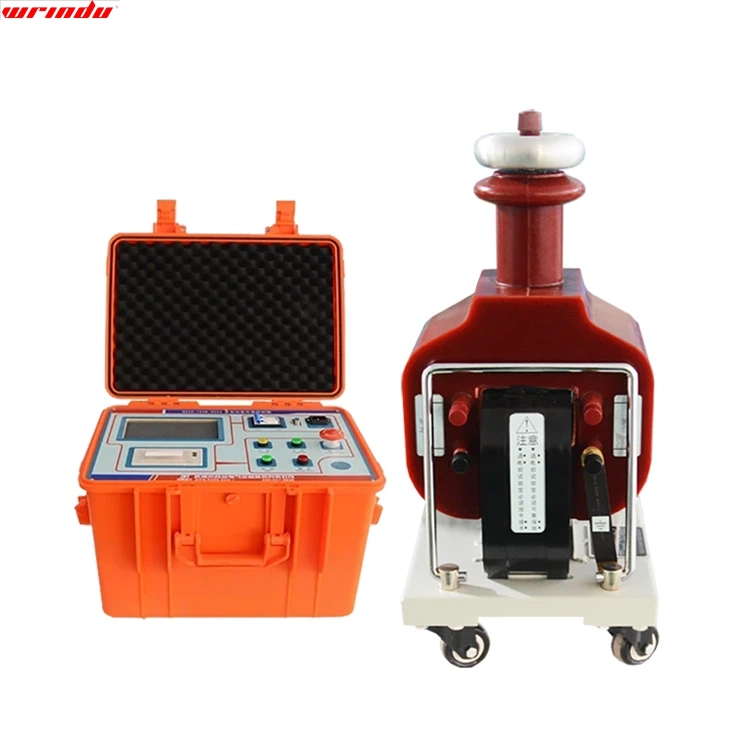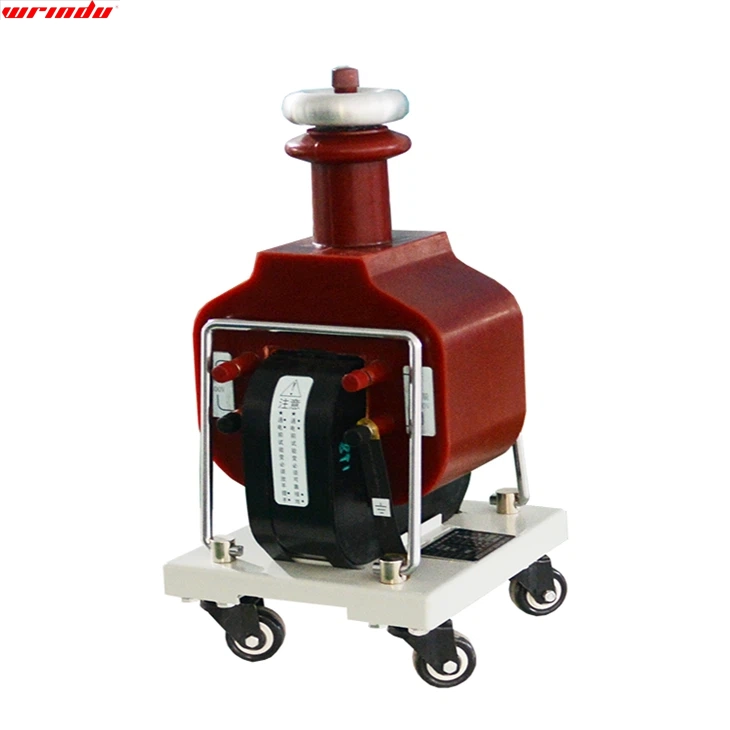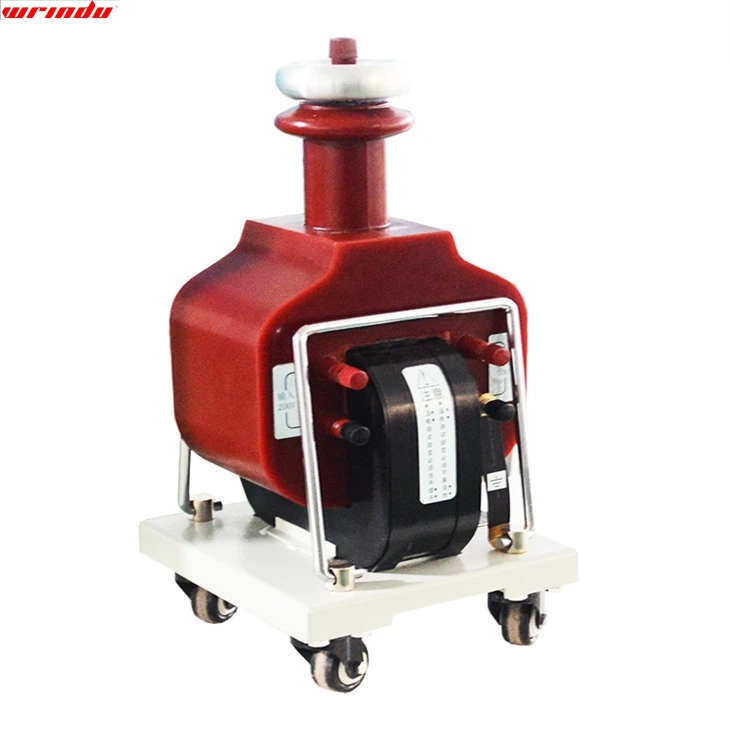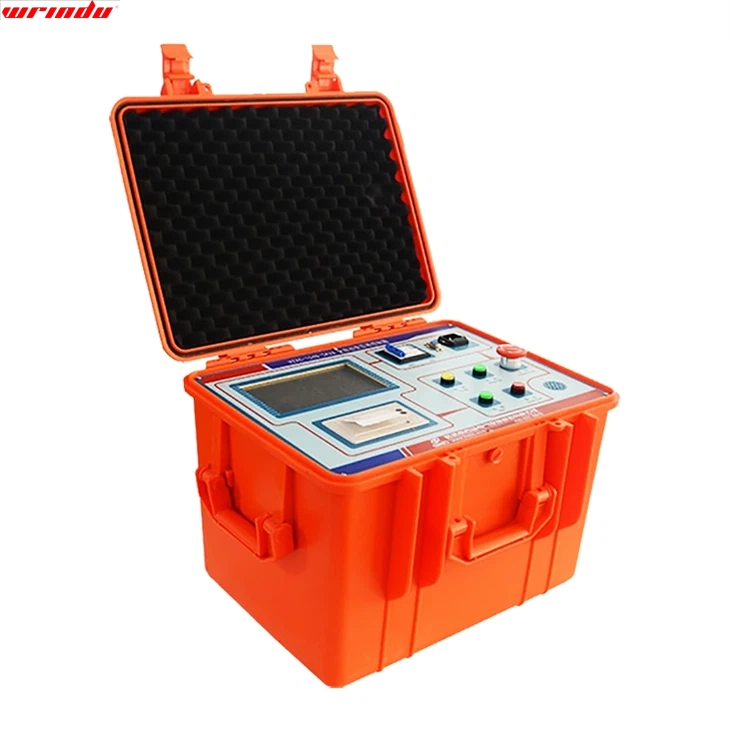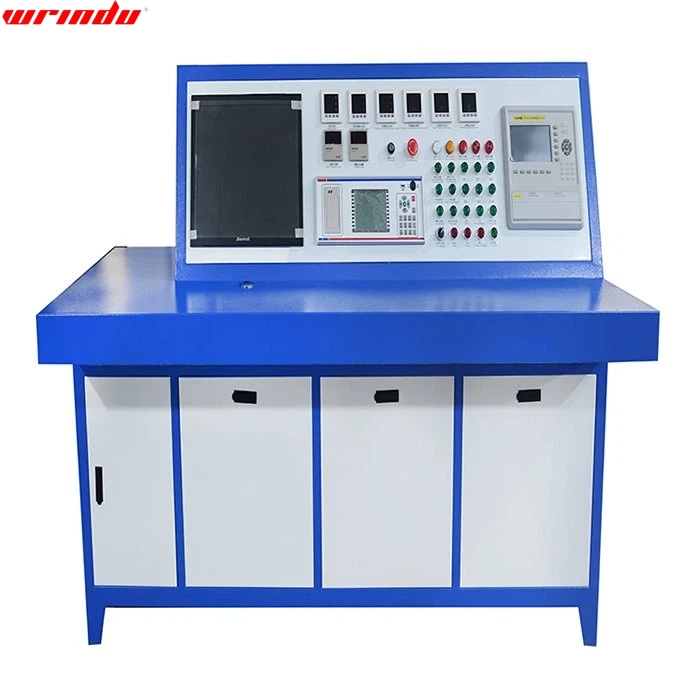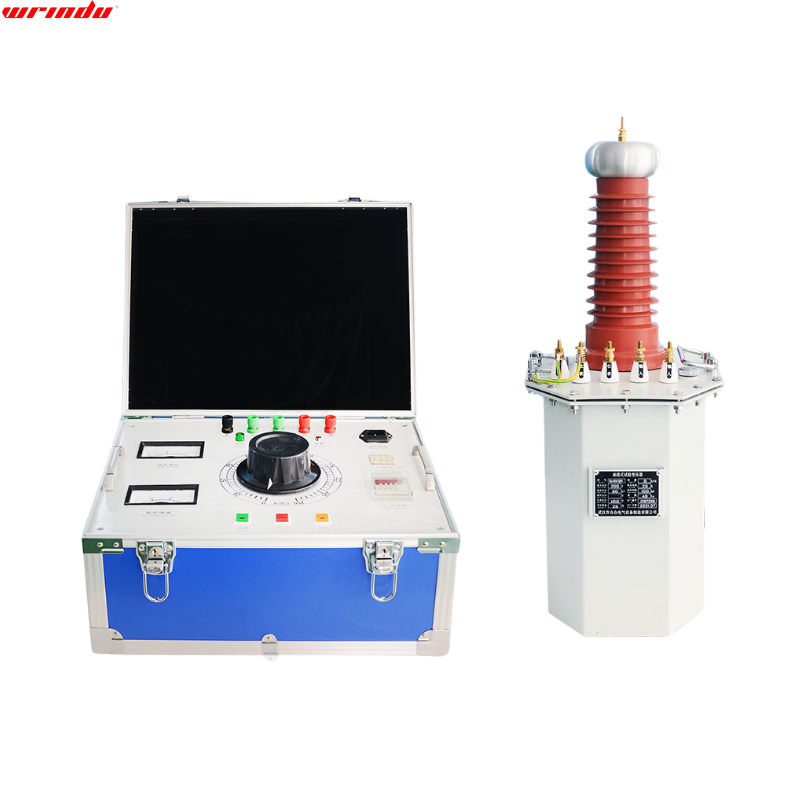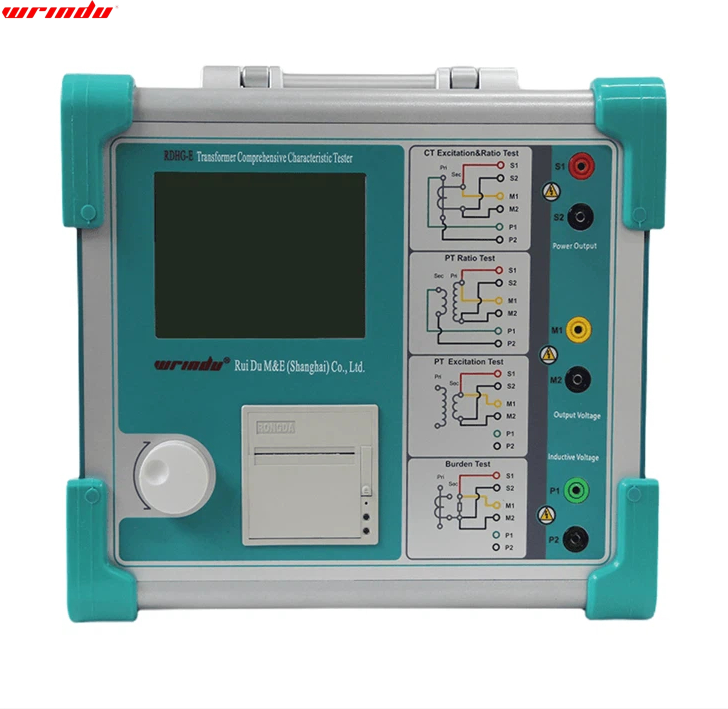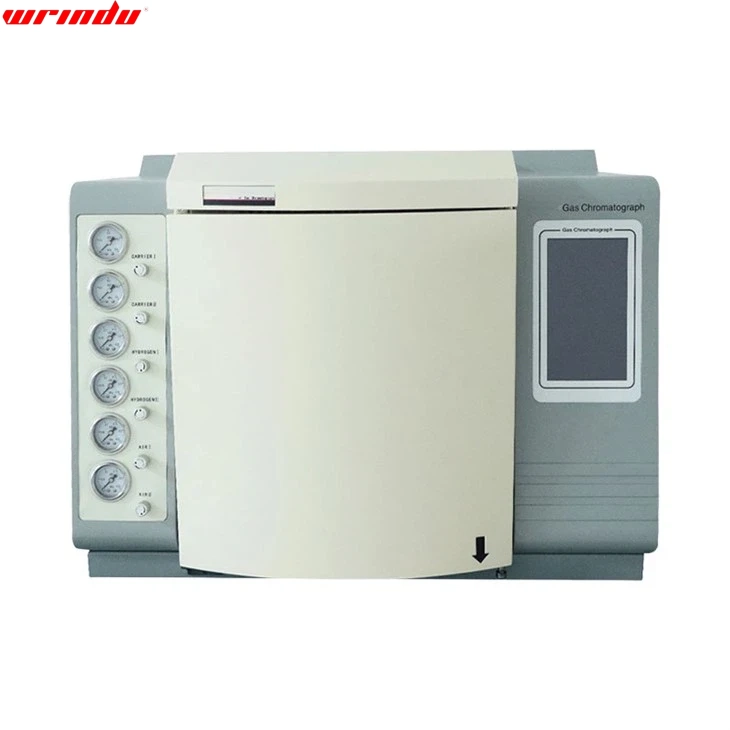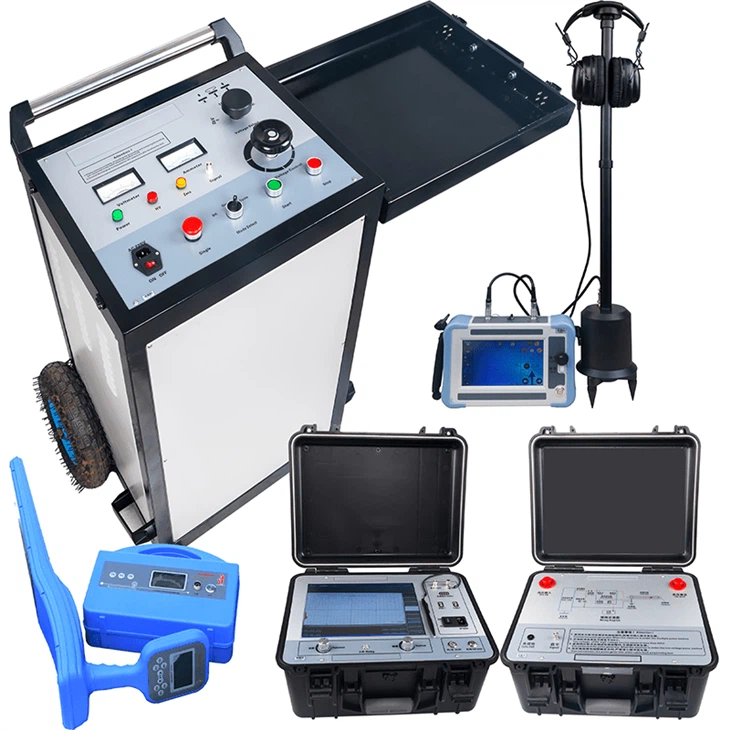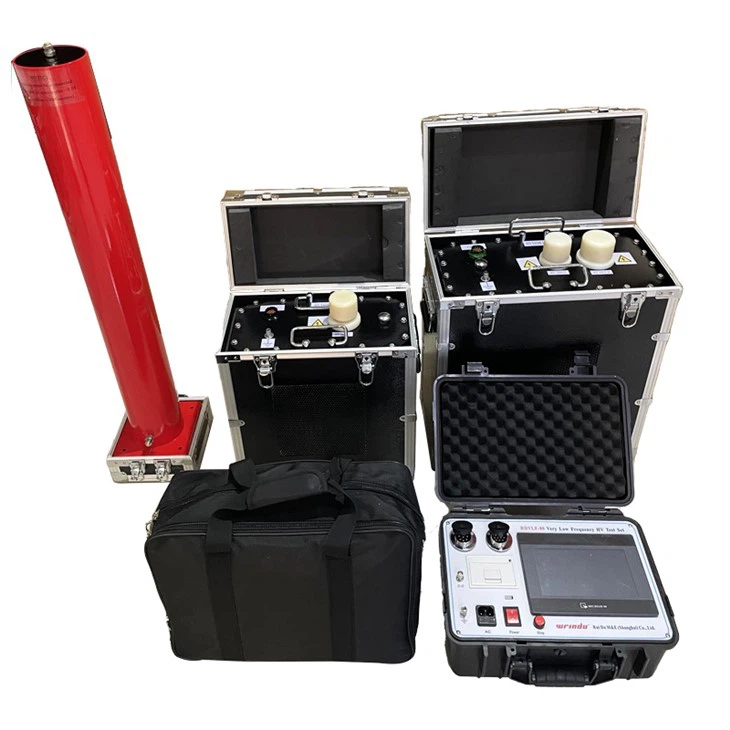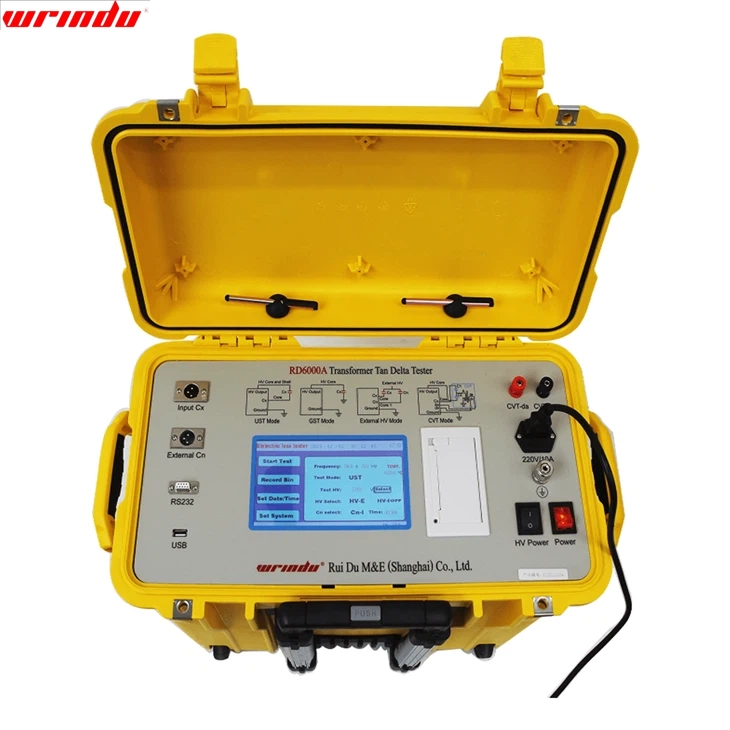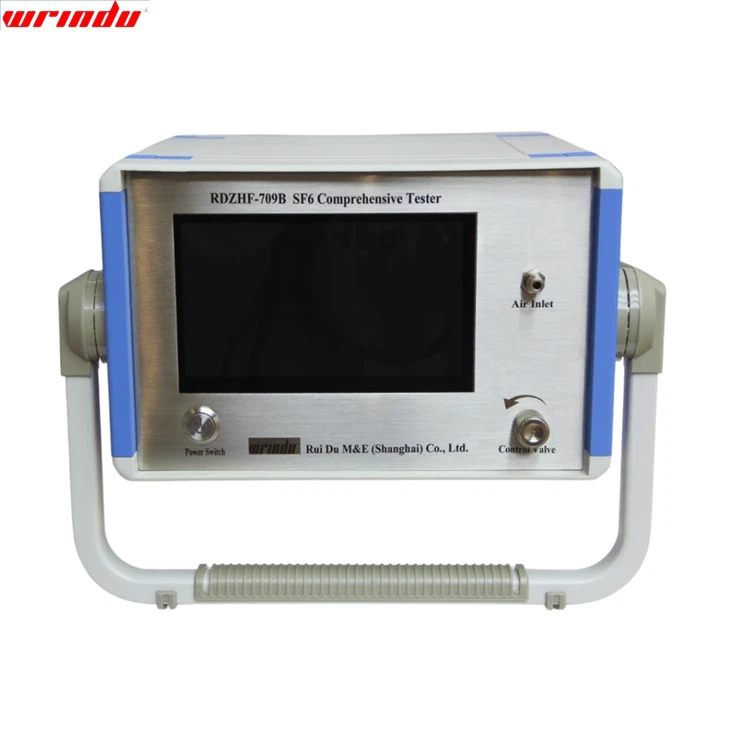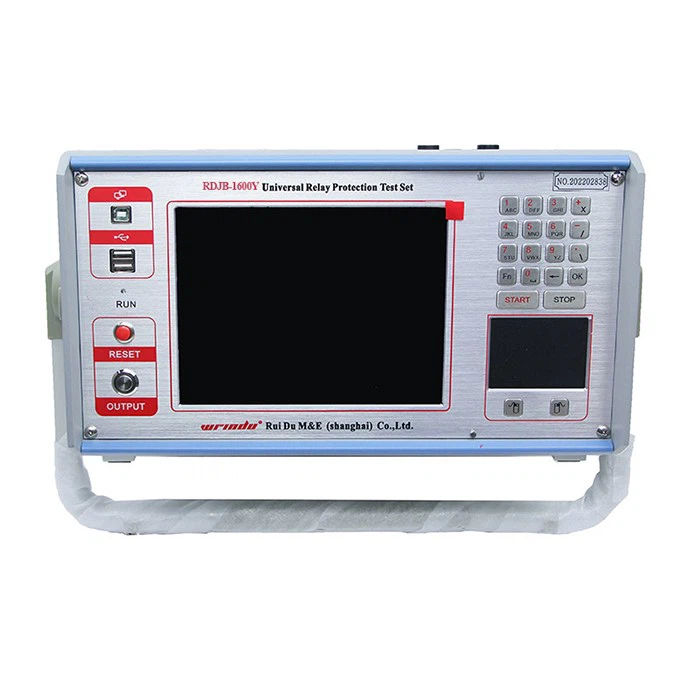OVERVIEW
RDYDZ series portable advanced AC high pot testers consist of a test transformer and an automatic control box, with the advantages of small size, lightweight, compact structure, comprehensive functions and easy operation. This series of products is widely used in power systems, industrial and mining enterprises and scientific research units to perform power frequency high voltage insulation strength tests on various high voltage electrical equipment, electrical components and insulating materials, and is an indispensable and important equipment in high voltage tests.
CHARACTERISTIC
- 1. Portable advanced AC high pot testers are made of excellent materials with stable quality and reliable performance.
- 2. Large voltage margin, slight corona phenomenon and low partial discharge.
- 3. Advanced insulation materials are used, compact size and lightweight.
For more information about pressure-resistant equipment, please click More.
To request the latest quotes, please click Contact Us.
FAQ
Q: What is the AC voltage withstand test?
A: The transformer undergoes an AC withstand voltage test where a sinusoidal power frequency AC voltage, surpassing a specified multiple of the rated voltage, is simultaneously applied to the transformer winding and bushing. The test duration is 1 minute.
Q: What instrument is a voltage withstand test?
A: Voltage withstand testing employs a high-voltage source accompanied by voltage and current meters. This critical assessment is facilitated by a specialized tool known as a “pressure test set” or “hipot tester.” This instrument administers necessary voltages to the device while monitoring the leakage current. Fault detection is facilitated through the activation of a fault indicator.
Q: What is the purpose of the withstand voltage test?
A: The withstand voltage test aims to ensure that electrical insulation is strong enough to protect against dangerous voltage, prevent contact with harmful currents, and keep people safe from electrical risks.
Q: How would you test for AC voltage?
A:
1. Select AC Voltage Setting:
– Turn the dial to the AC voltage symbol (ṽ). For digital multimeters (DMMs) with millivolt capability, choose the m ṽ option.
2. Insert Leads into Jacks:
– Insert the black lead into the COM jack.
– Insert the red lead into the VΩ jack.
3. Connect to Circuit:
– Connect the test leads to the circuit. Begin with the black lead and follow with the red lead.
4. Read Measurement:
– Look at the multimeter display to read the AC voltage measurement.
APPLICATION






